Castle Island, nestled in the heart of Boston Harbor, stands as a testament to centuries of history and culture in South Boston, affectionately known as “Southie.”
Its storied past intertwines with the rich tapestry of Massachusetts’ colonial and maritime heritage, making it a cherished landmark for locals and visitors alike.
From its strategic significance during the Revolutionary War to its transformation into a beloved recreational destination, the history of Southie’s Castle Island is a captivating journey through time.
As we delve into its fascinating past, we uncover tales of fortifications, maritime trade, and community resilience, shaping the island into the iconic landmark it is today.
The History Of Southie’s Castle Island
Castle Island, located in South Boston, has a rich history dating back centuries. This historic site has witnessed significant events and transformations over time.
Let’s explore some historical pieces of evidence that shed light on the captivating history of Southie’s Castle Island:
Fort Independence
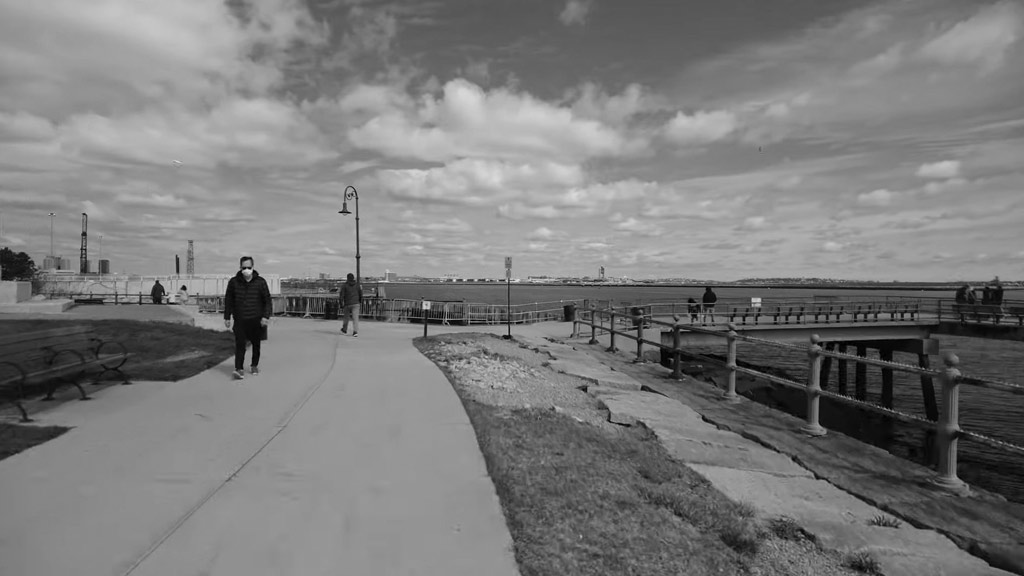
Built between 1834 and 1851, Fort Independence is a prominent feature on Castle Island. This granite fortification was crucial in defending Boston Harbor during various conflicts.
Revolutionary War Era
Castle Island served as a strategic military outpost during the American Revolution, protecting Boston from British naval forces. Its cannons were instrumental in the defense of the city.
Pleasure Grounds
In the 19th century, Castle Island became a popular destination for recreation and leisure activities. Visitors enjoyed picnics, strolls along the waterfront, and social gatherings in this picturesque setting.
Civil War Significance
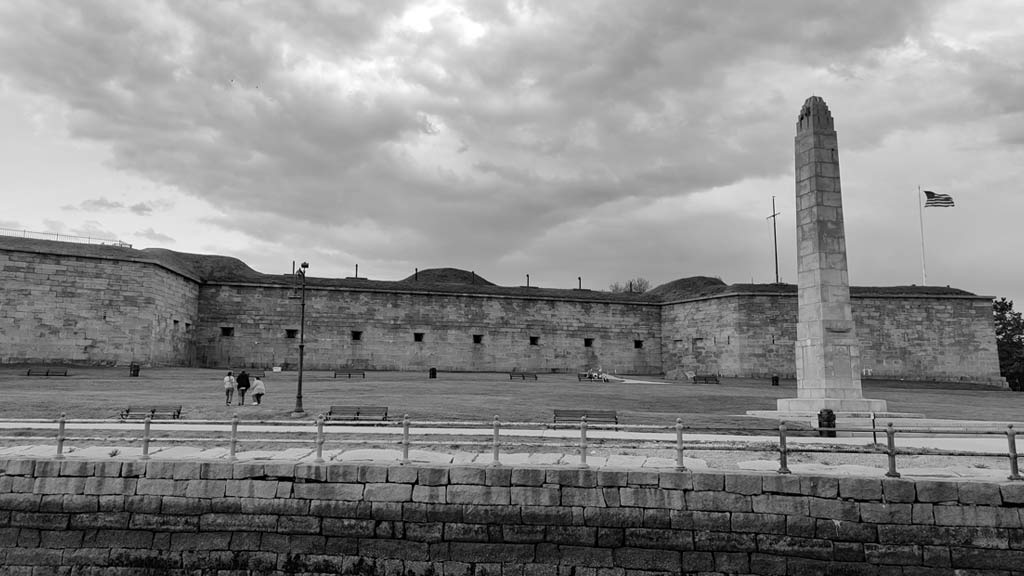
Castle Island was utilized throughout the Civil War as a training ground for Union soldiers preparing for battle. The fortifications provided an ideal location for military drills and exercises.
Coastal Defense
Castle Island’s strategic location was crucial to Boston’s coastal defense system. Its forts and batteries were vital in safeguarding the city and harbor from potential threats.
Transformation Into Parkland
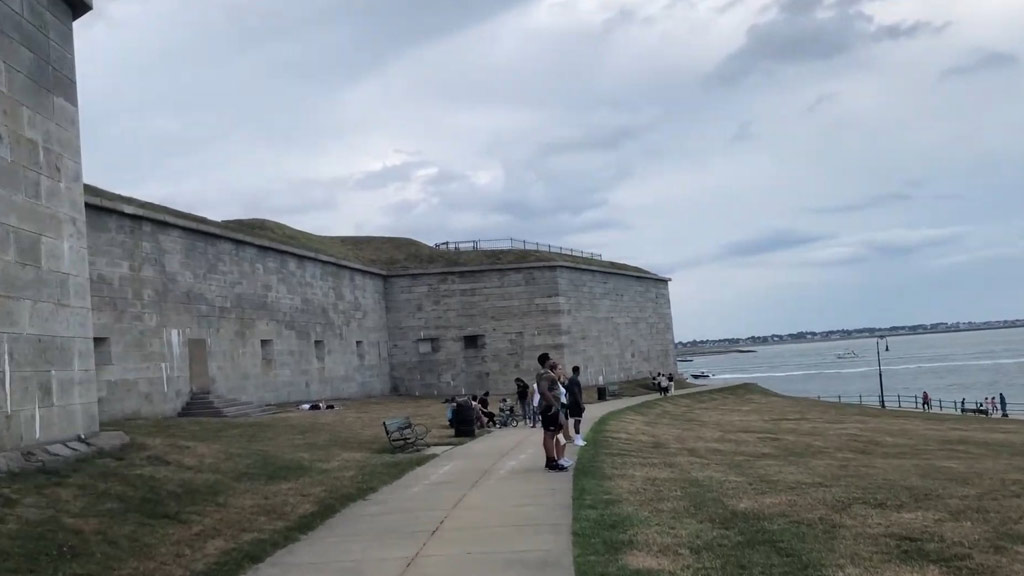
In the late 19th century, Castle Island transformed public parkland. The construction of walkways, green spaces, and recreational facilities made it a beloved destination for locals and tourists alike.
World War Ii Era
During World War II, Castle Island again played a significant role in defending Boston Harbor against potential enemy attacks. The fortifications were actively manned by military personnel during this period.
Historic Lighthouse
The iconic lighthouse on Castle Island has guided ships safely through Boston Harbor for generations. Its distinctive structure serves as a symbol of maritime heritage and navigation.
Cultural Events
Over the years, Castle Island has been the backdrop for various cultural events, including concerts, festivals, and community gatherings. Its scenic beauty and historical significance make it an ideal venue for such occasions.
Modern-Day Landmark
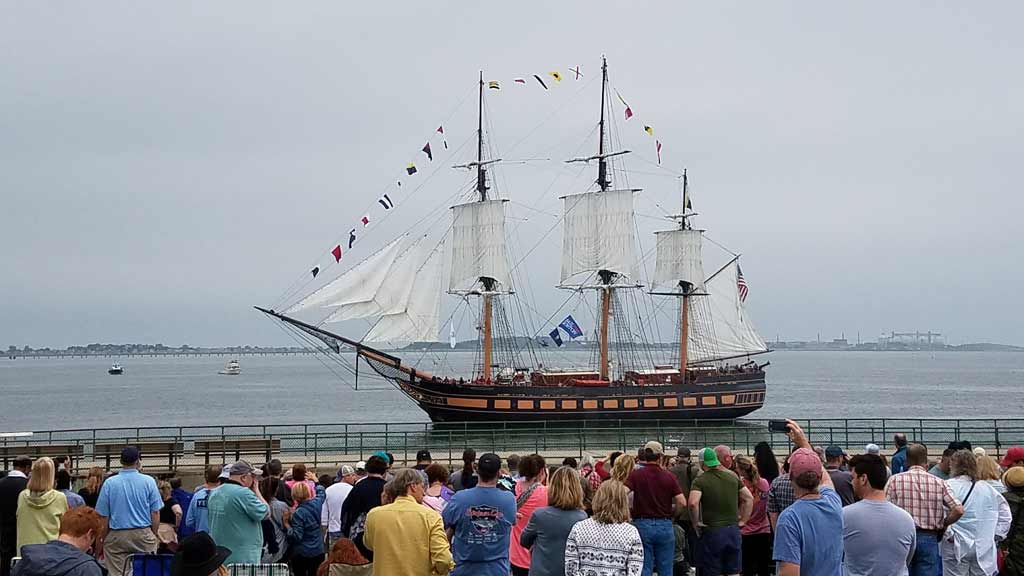
Today, Castle Island stands as a cherished landmark that preserves the legacy of South Boston’s maritime and military history.
Visitors can explore its historic sites, enjoy scenic views of the harbor, and immerse themselves in the rich heritage of this iconic location.
Castle Island’s history is a testament to its enduring significance as a place of military importance and recreational enjoyment.
Each historical piece of evidence contributes to the tapestry of stories defining this remarkable South Boston destination.
What Is The Significance Of Southie’s Castle Island?
Southie’s Castle Island holds immense significance, historically and culturally, in the landscape of Boston. Its storied past and strategic location have shaped its importance in various ways, making it a cherished landmark for locals and visitors alike.
Let’s explore the key aspects that highlight the significance of Castle Island in South Boston.
Military History

Castle Island boasts a rich military history from the Revolutionary War era. Its fortifications were crucial in defending Boston Harbor against naval threats, making it a strategic stronghold during the conflict.
Colonial Heritage
As one of the oldest fortified sites in the United States, Castle Island preserves remnants of the colonial era, offering insights into the early settlement period of Massachusetts and the nation’s founding.
Cultural Icon
Over the years, Castle Island has become a cultural icon synonymous with South Boston’s identity. Its picturesque shores, historic landmarks, and recreational amenities draw visitors from near and far, fostering a sense of community pride and connection.
Recreational Oasis
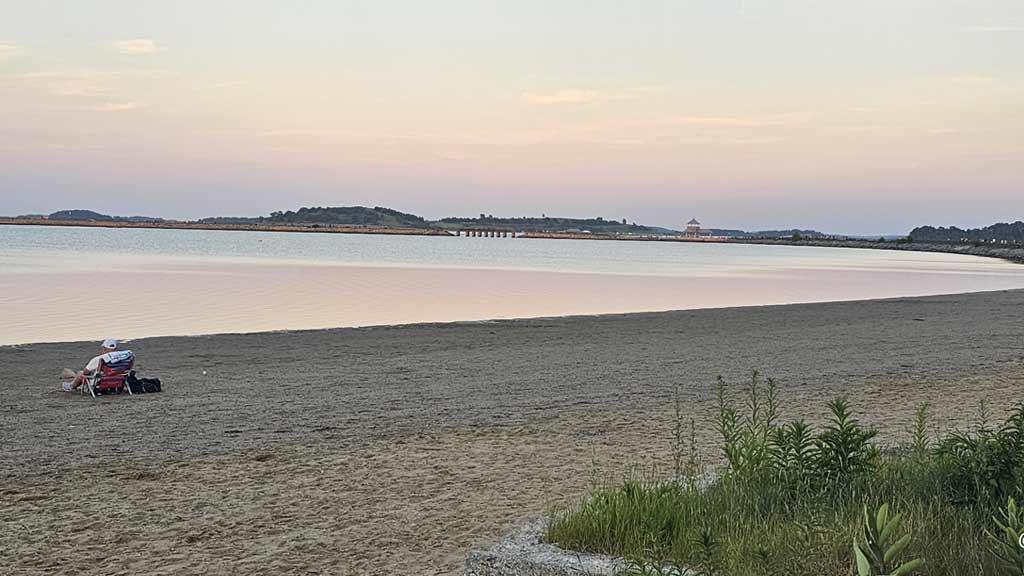
Beyond its historical significance, Castle Island is a beloved recreational destination for locals and tourists alike.
Its scenic walking trails, sandy beaches, and waterfront promenades provide opportunities for outdoor activities and strolls against the backdrop of Boston’s skyline.
Natural Habitat
Castle Island’s natural habitats, including salt marshes and coastal dunes, support a diverse array of wildlife, making it an important ecological asset within the urban landscape of Boston Harbor.
Memorial Site
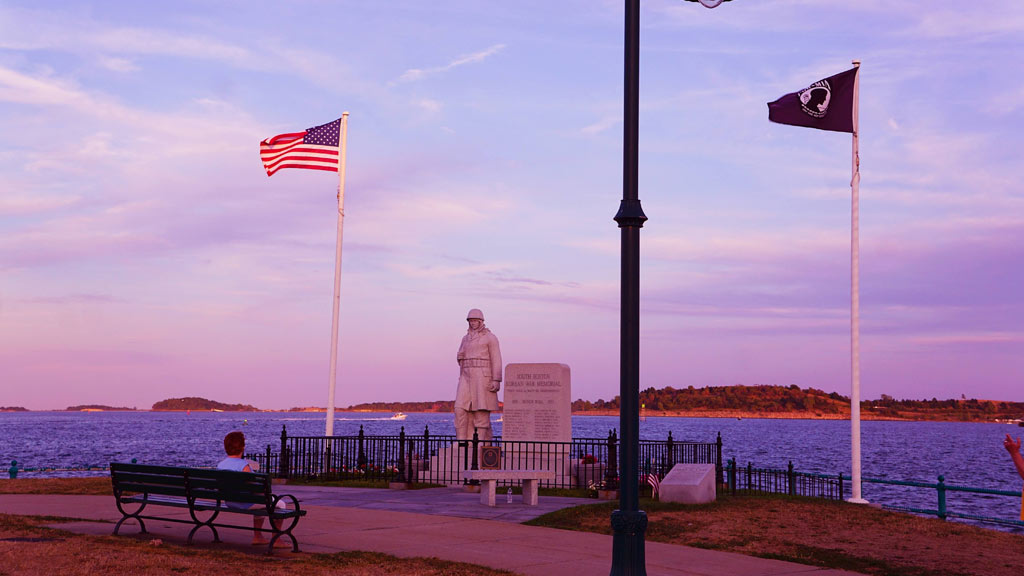
In addition to its military history, Castle Island serves as a memorial site, honoring the memory of fallen soldiers and victims of tragic events such as the September 11th terrorist attacks.
These memorials are poignant reminders of the sacrifices made to defend freedom and democracy.
Community Gathering Place
Castle Island is a focal point for community gatherings, events, and celebrations throughout the year. From summer concerts and festivals to family picnics and Fourth of July fireworks, it fosters a sense of camaraderie and belonging among residents of South Boston and beyond.
The significance of Southie’s Castle Island extends far beyond its historical fortifications, encompassing its role as a cultural icon, recreational oasis, ecological sanctuary, memorial site, and community gathering place.
Its enduring legacy continues to enrich the fabric of Boston’s heritage and the lives of those who visit its shores.
What Is Castle Island Known For?
Located in the heart of Boston Harbor, Castle Island holds a significant place in the history and culture of Massachusetts. Here are seven things Castle Island is known for:
Fort Independence
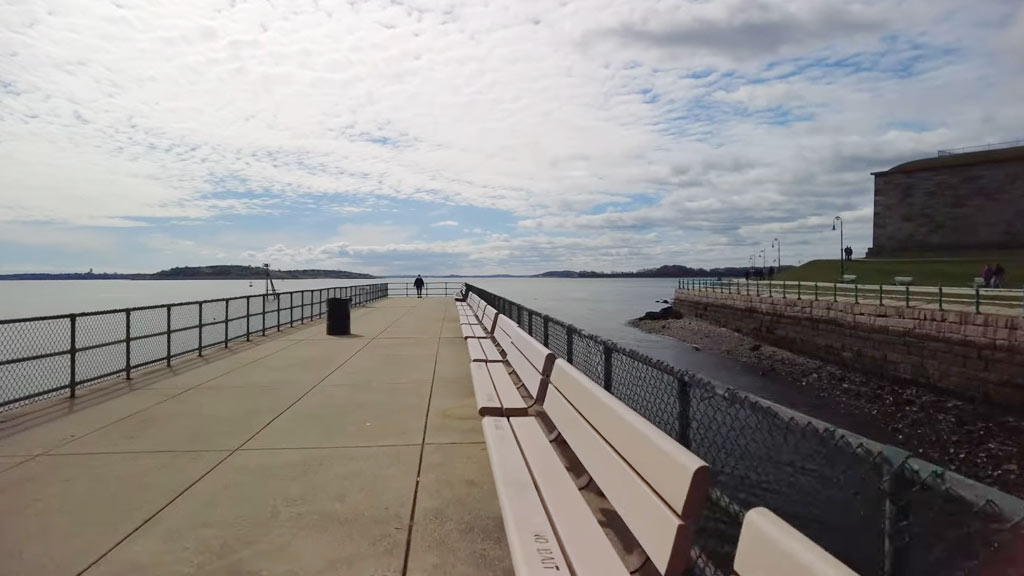
The centerpiece of Castle Island, Fort Independence, is a historic military fortification dating back to the Revolutionary War era. Initially constructed in the 17th century, it played a crucial role in defending Boston Harbor from naval threats.
Pleasure Bay
Surrounding Castle Island is Pleasure Bay, a picturesque stretch of shoreline popular for swimming, sunbathing, and picnicking during the warmer months. Visitors can enjoy stunning views of Boston’s skyline while relaxing by the water.
Walking And Cycling Trails
Castle Island offers scenic walking and cycling trails that wind around the island’s perimeter, providing breathtaking vistas of the harbor and ample opportunities for outdoor recreation and exercise.
Fishing Opportunities
Anglers flock to Castle Island to cast their lines into Boston Harbor for striped bass, bluefish, flounder, and other species. Fishing from the pier or shoreline is a popular pastime that locals and visitors enjoy.
Historical Landmarks
In addition to Fort Independence, Castle Island boasts other historical landmarks, including the 9/11 Memorial, which commemorates the victims of the September 11th terrorist attacks, and Sullivan’s Castle Island, a beloved waterfront eatery serving up classic New England fare.
Birdwatching And Wildlife Viewing
The island’s natural habitats attract a variety of bird species, making it a prime destination for birdwatching enthusiasts. Visitors may also spot seals, dolphins, and other marine life in the surrounding waters.
Recreational Facilities
Castle Island features playgrounds, sports fields, and recreational facilities, making it a popular destination for families and outdoor enthusiasts seeking fun and relaxation in a scenic waterfront setting.
Whether flying kites, playing a game of beach volleyball, or simply enjoying a stroll, there’s something for everyone to enjoy at Castle Island.
FAQs
How old is Castle Island?
The history of Castle Island spans several centuries, with its origins dating back to the 17th century. Construction of the original fortifications began in the late 1600s, making it one of the oldest fortified sites in the United States.
Who built Castle Island?
The British colonial forces initially constructed Castle Island’s fortifications during the early settlement period of Massachusetts. Later, during the American Revolutionary War, it was fortified by American patriots to defend against British occupation.
How did Castle Island get its name?
Castle Island derived its name from the fortifications built on the site, resembling a castle overlooking the harbor. The fort’s strategic location and imposing structure earned it the moniker “Castle Island,” a name that has endured through the centuries.
What role did Castle Island play in the Revolutionary War?
Castle Island served as a crucial military stronghold for American forces during the Revolutionary War.
It played a pivotal role in defending Boston Harbor and the city of Boston from British naval attacks, contributing significantly to the American victory in the war for independence.
How has Castle Island evolved?
Over the years, Castle Island has transitioned from a military fortress to a beloved recreational destination.
As the threat of invasion diminished, the island’s fortifications were repurposed, and recreational facilities were added, transforming it into a scenic park enjoyed by locals and visitors alike.
Conclusion
The history of Southie’s Castle Island serves as a poignant reminder of the enduring legacy of Boston’s maritime heritage.
From its role in defending the harbor against enemy forces to its evolution into a beloved recreational oasis, the island has borne witness to centuries of change and adaptation.
As visitors stroll along its shores and explore its historic landmarks, they are immersed in a living testament to the resilience and spirit of the South Boston community.
With each passing year, Castle Island stands as a beacon of history, offering a glimpse into the past while embracing the present as a haven for recreation, reflection, and connection.
Jaclyn Lowe